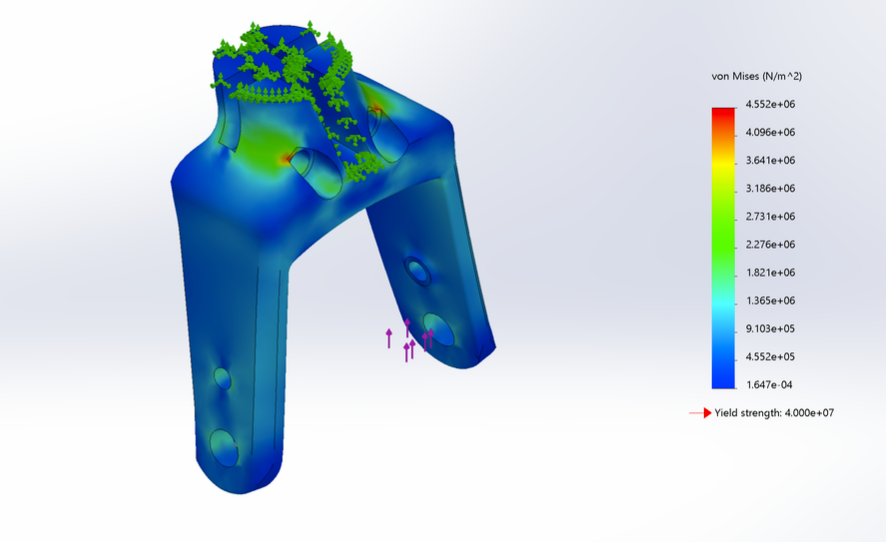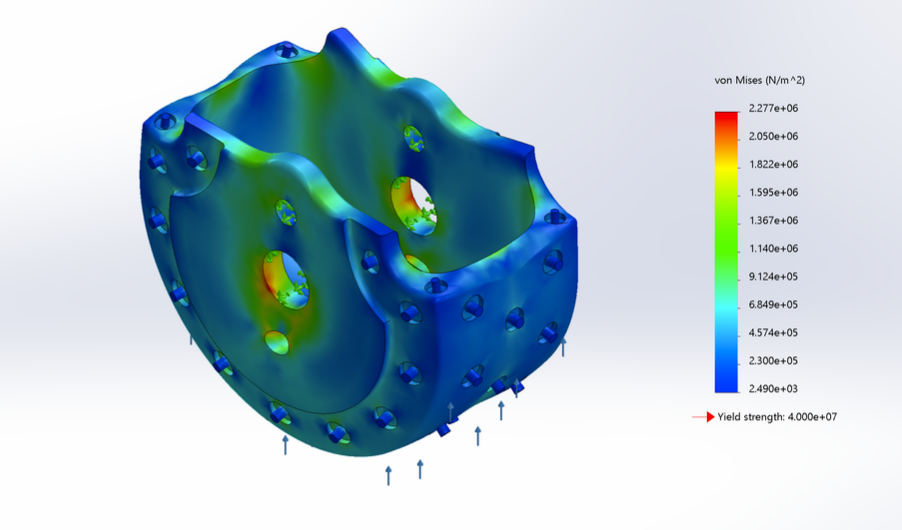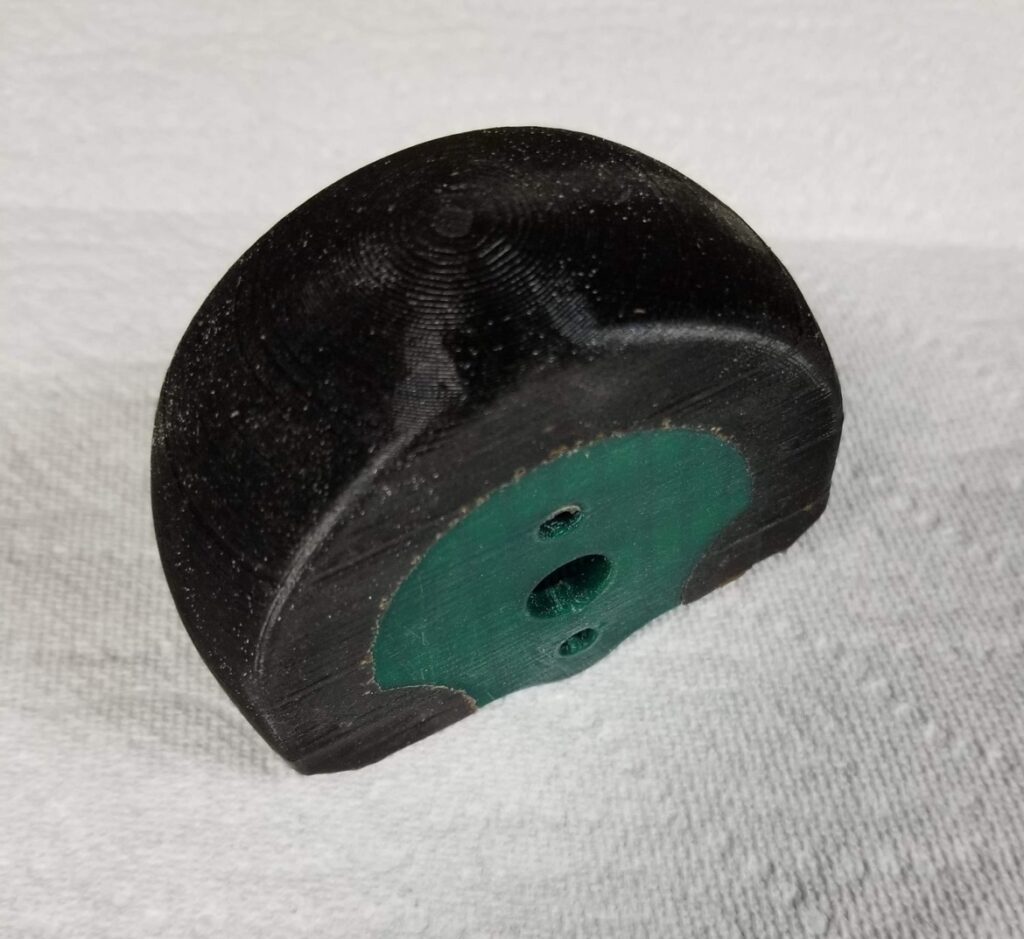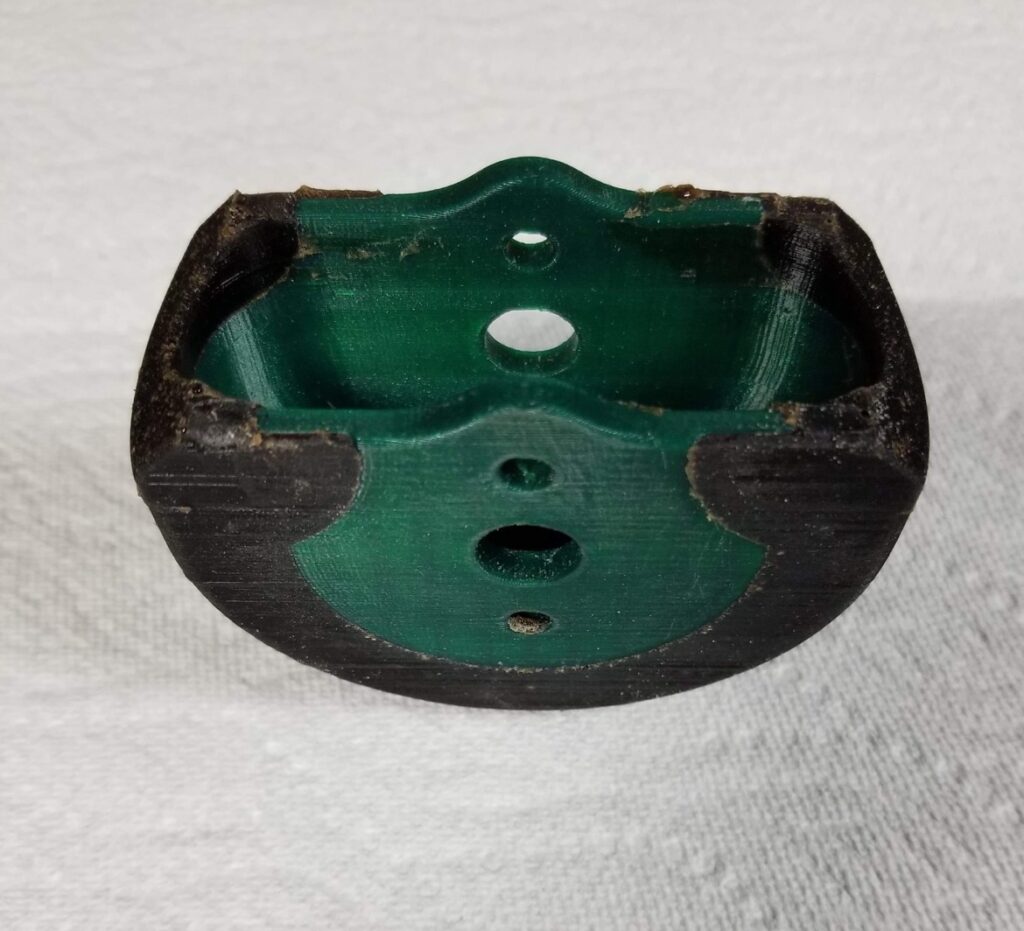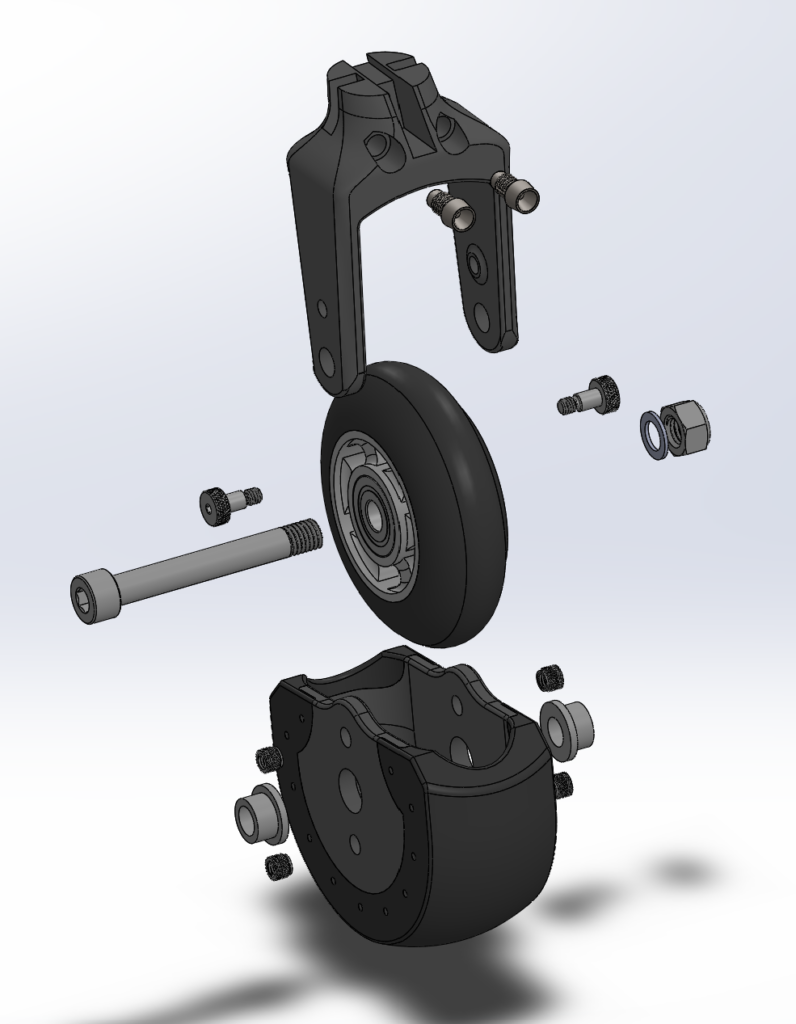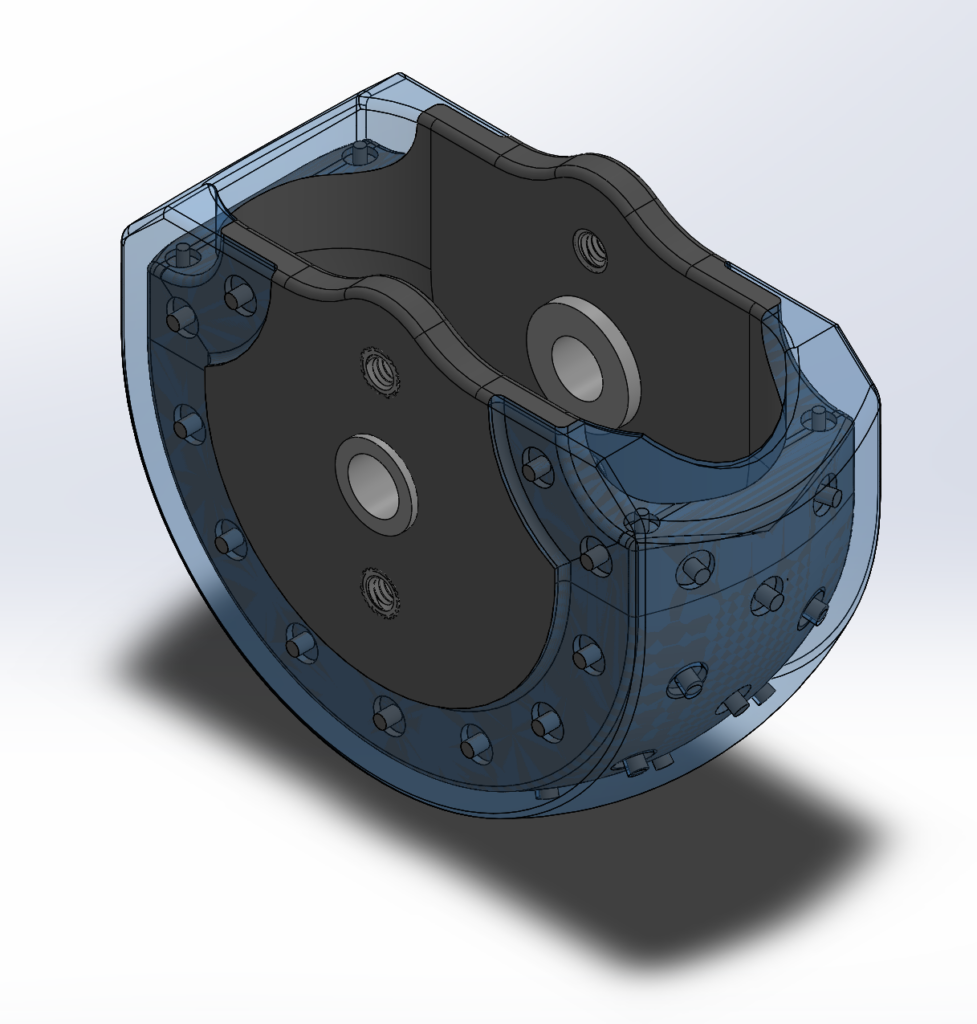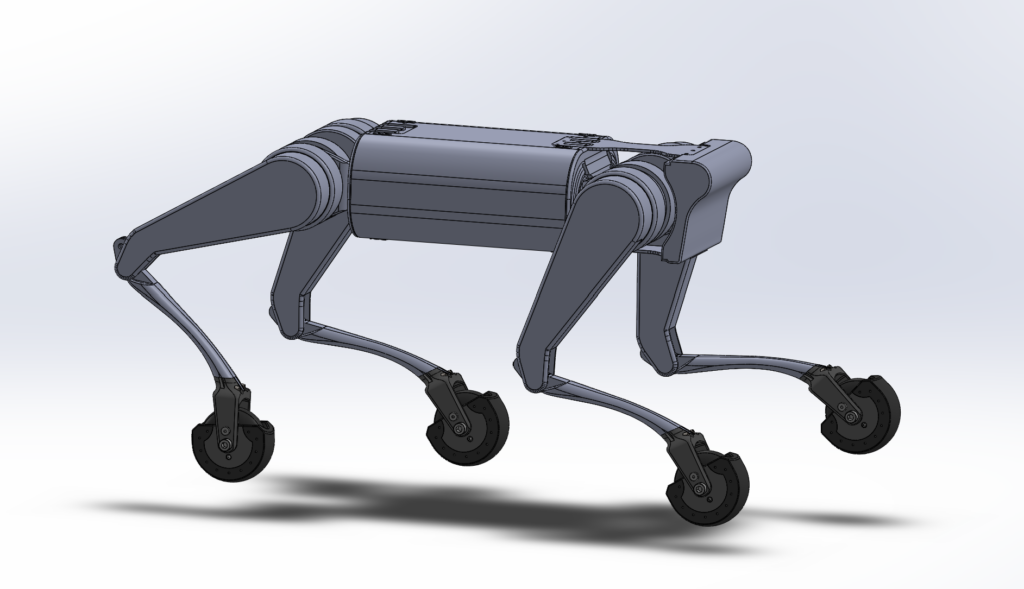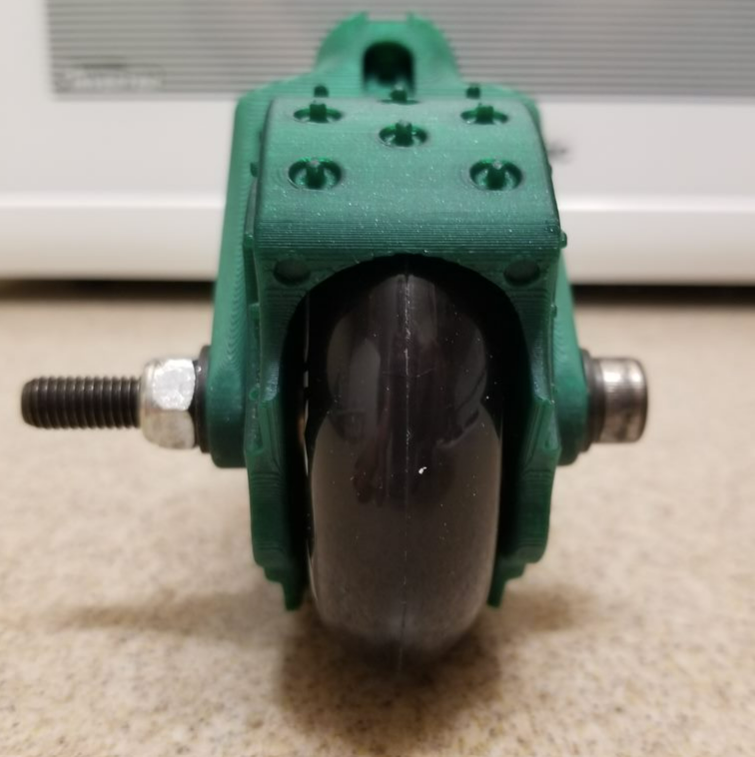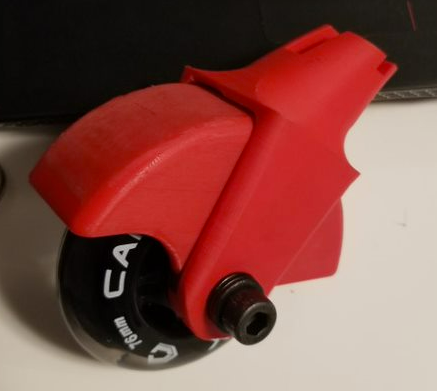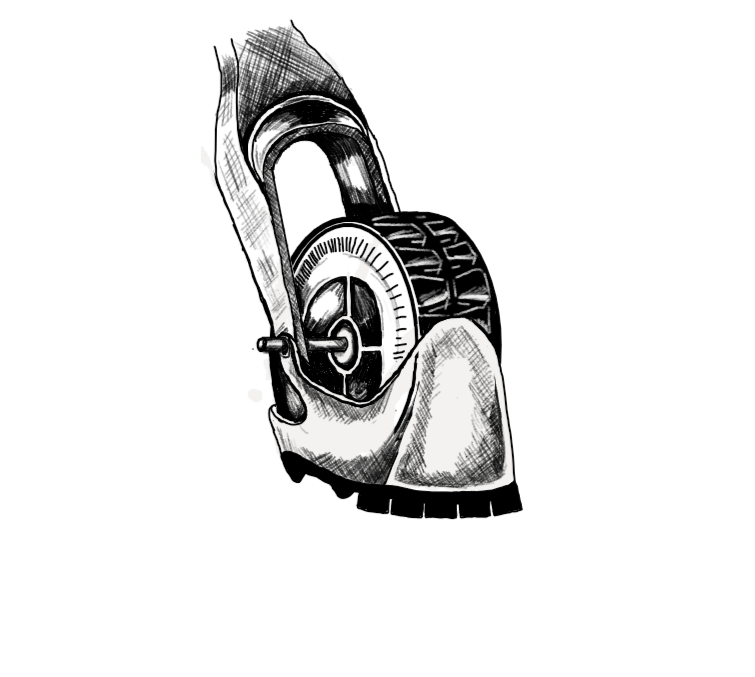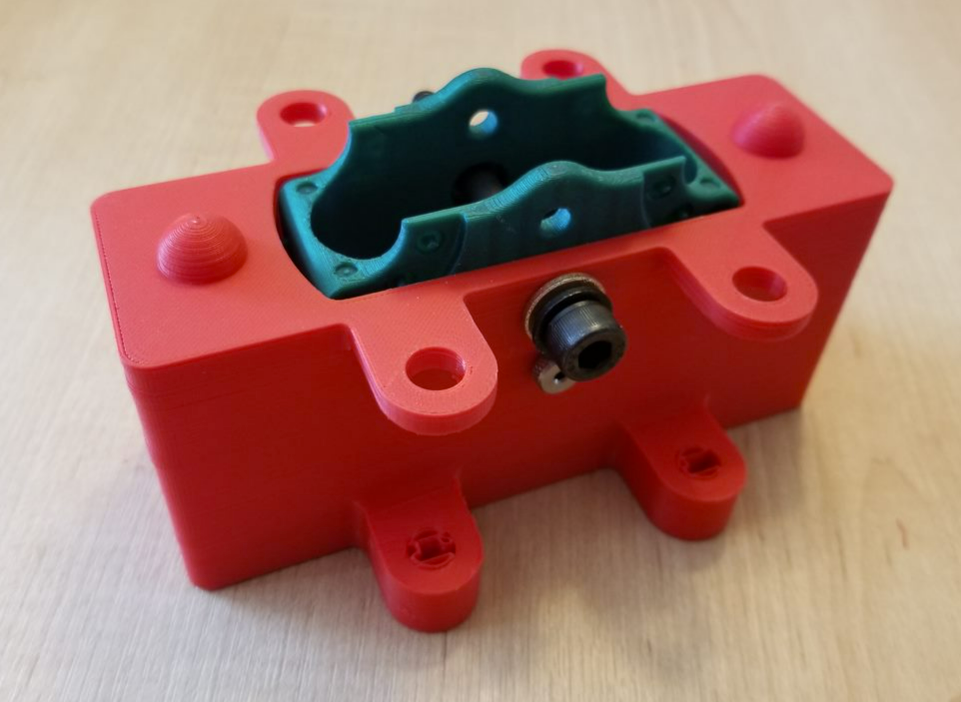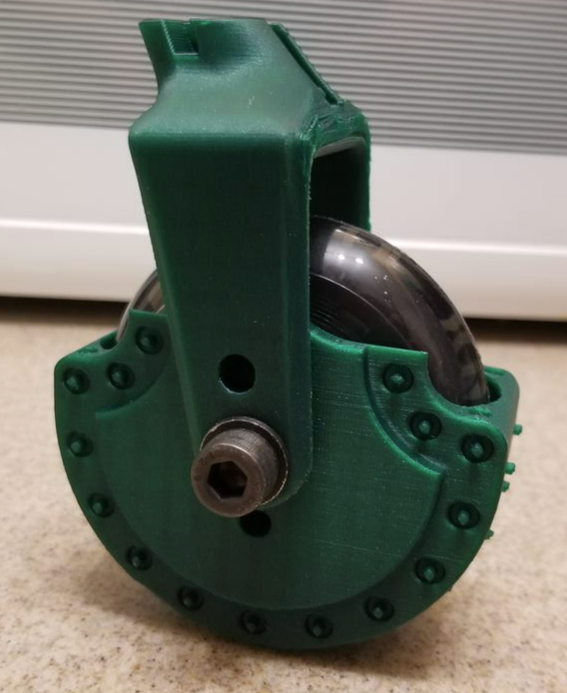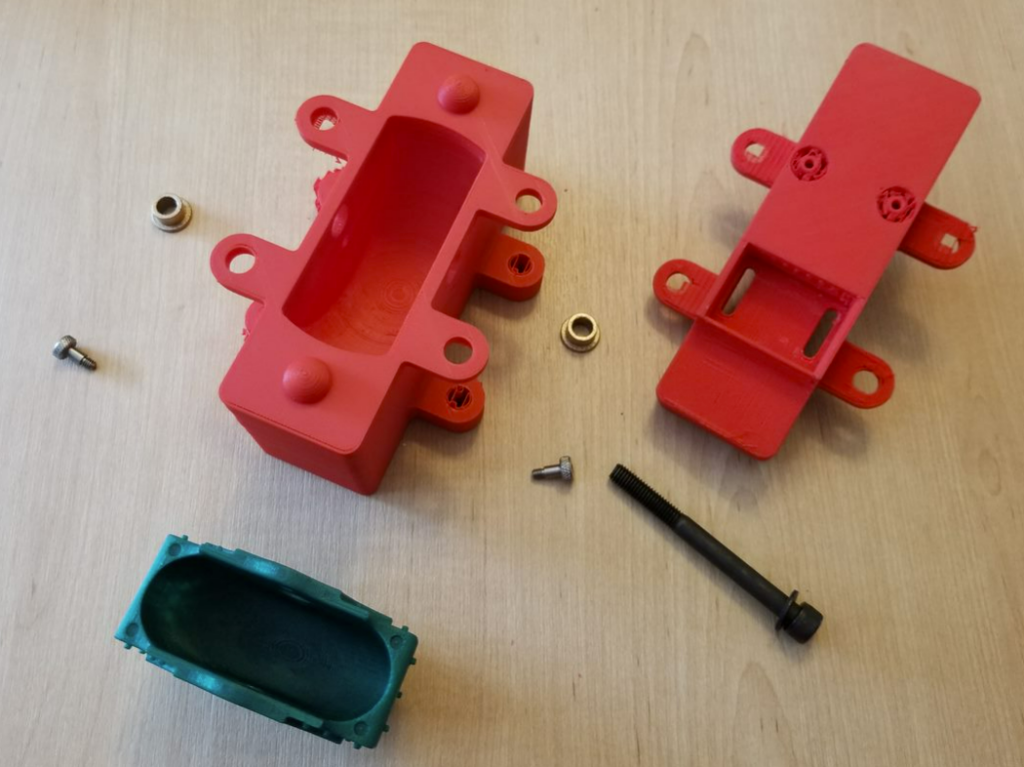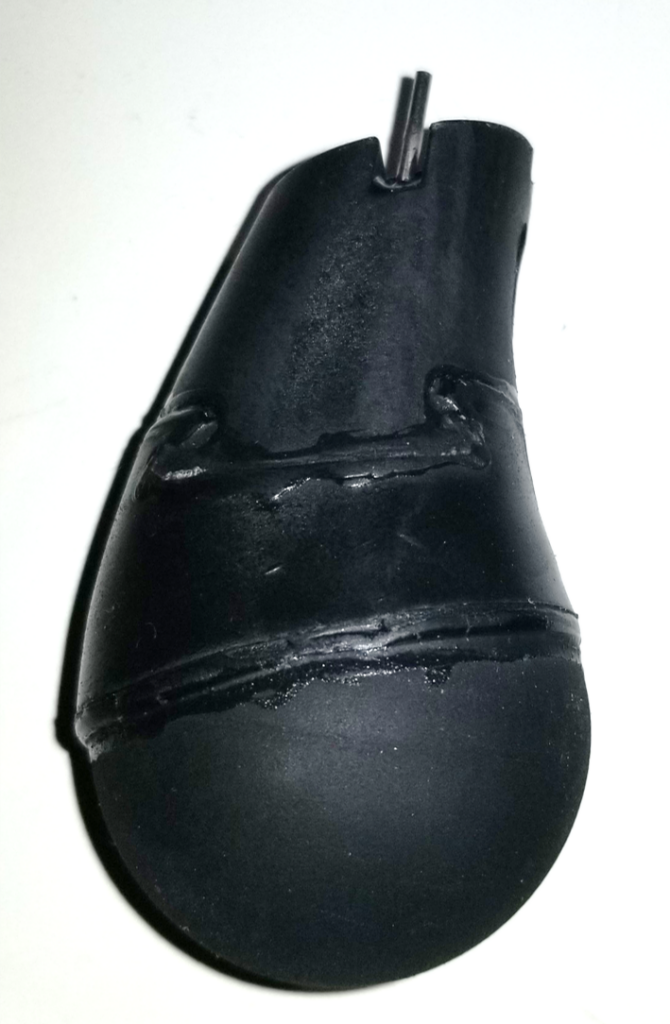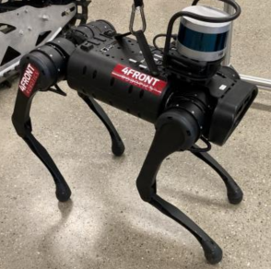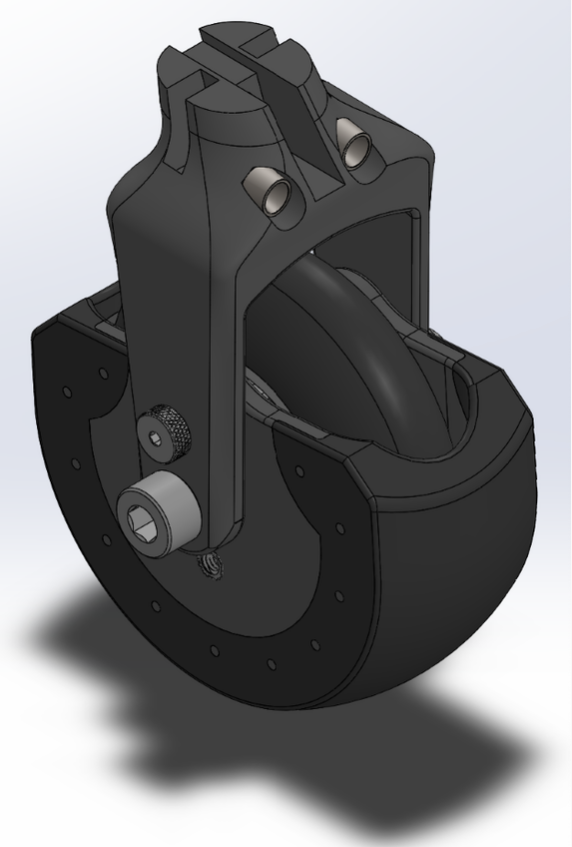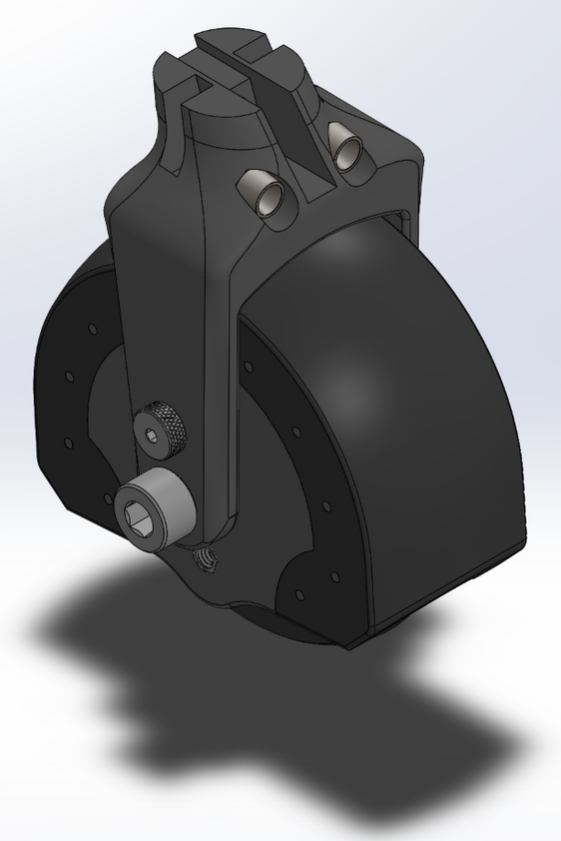Project Category: Mechanical
Join our presentation
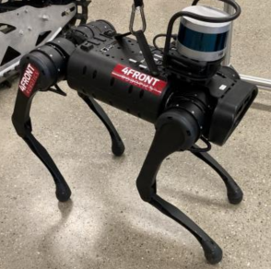
About our project
Technology is advancing quickly in the area of robots and robot capabilities. It is important to design components that enhance the performance of these robots as they aid human beings.
The quadruped robot is a small four legged robot with the unique ability to be programmed to walk, run, climb, and more. This robot is intended to traverse difficult terrains such as collapsed buildings to help find survivors. While the capabilities of the robot are very impressive, a highlightable shortcoming of this type of robot is its feet. The original feet on this robot wear out quickly, and do not match the robot’s abilities. For these reasons, the feet were completely redesigned.
The goal in redesigning the feet for the robot included making many upgrades from the original feet. Firstly, a wheel was added to allow the robot to roll. This allows the quadruped robot to travel at a quicker speed without expending as much energy as walking: an important consideration to conserve battery life. Secondly, the wheel was combined with a ‘foot cover’ style mechanism that allows the wheel to quickly be changed to the foot for walking or running. Additionally, for simplicity, the original attachment to the leg was used in the new design for instant compatibility. No modifications were made to the robot itself. LED lights were added to each foot. A durable rubber sole was created for the bottom of each foot to promote the most stability for the robot on slippery surfaces. This was completed via an over-molding process. Finally, the design is simple and robust to stand up to rigorous daily use of the robot and is expected to extend the lifetime of the feet to over one year.
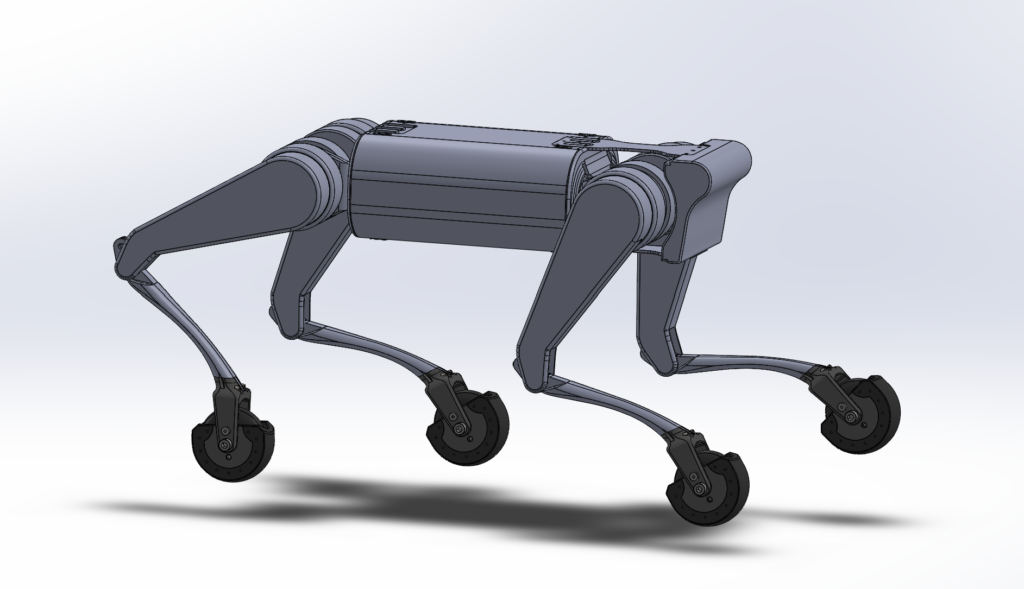
Meet our team members
Kaela Arts (CAD Design Lead, Report Coordinator)
Lochlan Cuthbertson (Design Verification Lead, Calculations Lead)
Mackenzie Gavin (BVirtual Testing Lead, Part Sourcing Lead)
Qass Huffington (Project Manager, Prototyping Lead)
Zoraak Magsi (Material Selection Lead, Research Coordinator)
Shelby Rawlusyk (Conceptual Design Lead, Design Sketching Lead)

Details about our design
HOW OUR DESIGN ADDRESSES PRACTICAL ISSUES
The design addresses practical issues, because it is user friendly, has the ability to conserve battery power, and allows the robot to use more of its potential. The design is user friendly for not only installation, but also for replacing worn out parts. All parts used in the design were simply 3D printed or are commercially available and accessible. The addition of the wheels allows the robot to conserve its battery power because rolling uses less battery power than walking, a capability the original foot did not have. The design allows the robot to run, walk, climb and roll with the addition of the wheel as well as the durable rubber sole.
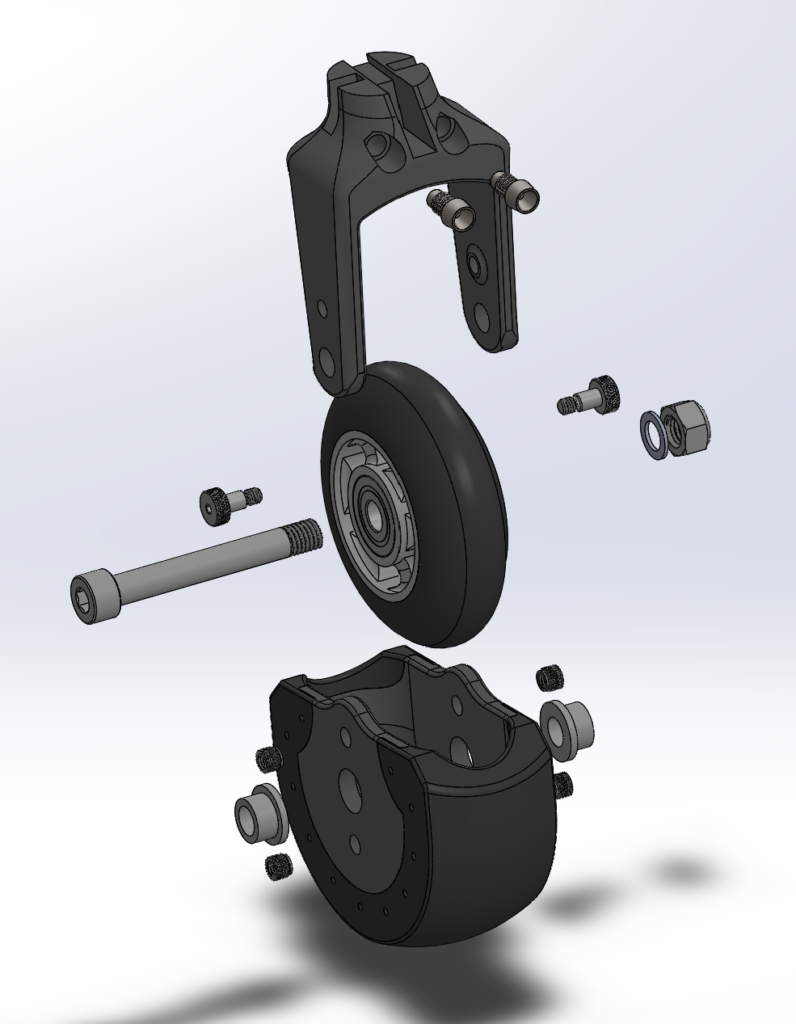
WHAT MAKES OUR DESIGN INNOVATIVE
The design is innovative in its simplicity. It combines the wheel and foot into one mechanism for ease of use. Rather than having an attachable wheel, the wheel was integrated directly into the design and can be easily switched to the ‘foot engaged mode’ by hand. The design is user friendly and can be swapped over in under three minutes.
WHAT MAKES OUR DESIGN SOLUTION EFFECTIVE
The design works effectively with no unnecessary parts. It fulfills the design requirements including that each foot weighs less than one pound, LED lights were added to each foot, it features a durable rubber sole, no modifications were made to the robot itself, wheels of a diameter less than 10 centimeters were added to the design, the new feet allow for a proper curvature profile, the feet feature an independent braking system, and the design has a ‘wow’ factor. Another project requirement was to increase the lifespan of the feet to at least one year. While this requirement can not absolutely be met at this point in time, all testing of the prototypes suggest that the new feet will survive rigorous daily ground conditions over the span of one year. For these reasons the design is very effective.
HOW WE VALIDATED OUR DESIGN SOLUTION
The design was validated using a variety of SOLIDWORKS testing capabilities. In order to design the best possible shape profile for the foot as well as the fork, many stress tests were administered throughout the iterative design process to strengthen the weak points of the design. The results from the final static tests suggest that the design will allow the robot to traverse difficult terrains with ease and for a longer period of time than the original foot.
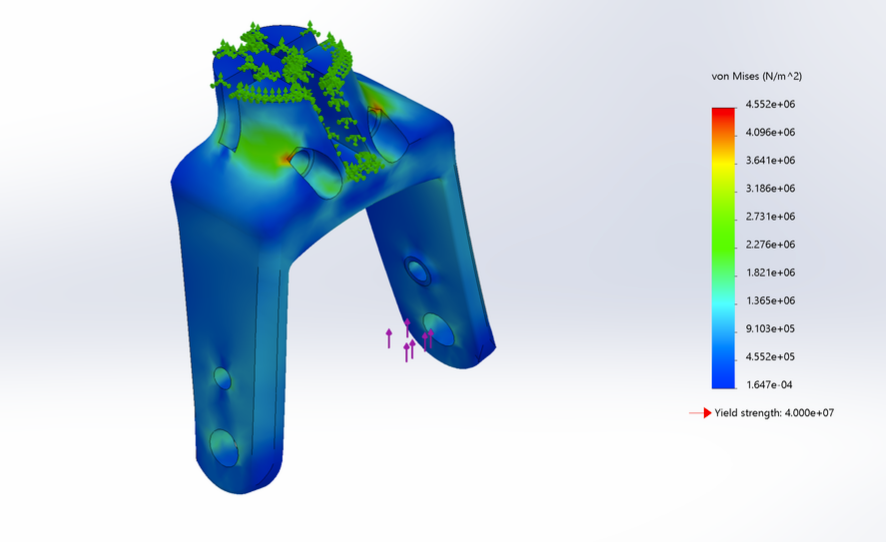
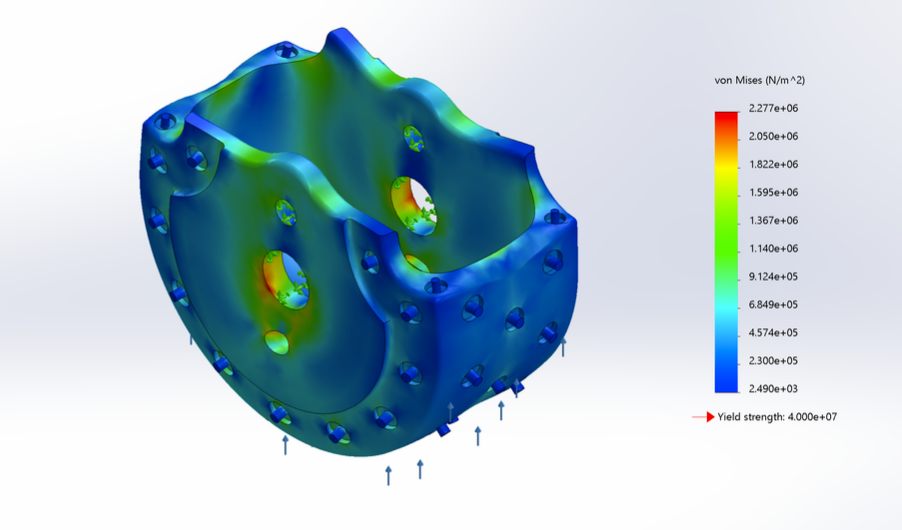
FEASIBILITY OF OUR DESIGN SOLUTION
The design is feasible, because not only does it allow the robot to unlock more of its programmable capabilities, it also was created relatively inexpensively. Replacing all components of each of the four feet each year would cost less than $500 CAD. This means that the design is accessible.
Partners and mentors
We want to thank the many people who helped us with this project. Our project sponsor Dr. Alex Ramirez-Serrano was incredibly helpful in guiding the team through the project.
Our photo gallery
